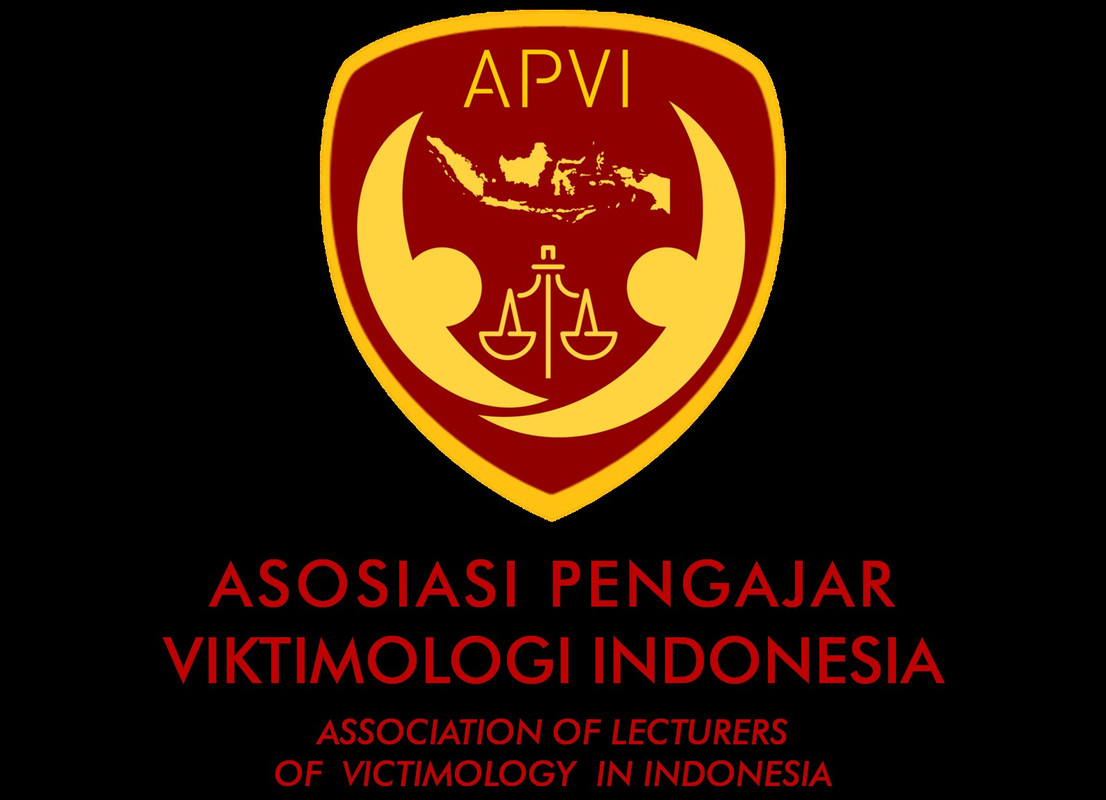Blockchain Technology: Cyber Security Strategy in Post-2007 Cyber-Attacks Estonia
Abstract
Keywords
Full Text:
PDFReferences
References
Aaviksoo, A. (2019). Building blockchain powered trusted digital health services. Estonia. Blockchain in Healthcare Today.
Chatterjee, R., & Chatterjee, R. (2017). An overview of the emerging technology: Blockchain. 2017 3rd International Conference on Computational Intelligence and Networks (CINE), 126–127.
Czosseck, C., Ottis, R., & Talihärm, A.-M. (2011). Estonia after the 2007 cyber attacks: Legal, strategic and organisational changes in cyber security. International Journal of Cyber Warfare and Terrorism (IJCWT), 1(1), 24–34.
FUKUHARA, Y. (n.d.). ‘We belong to Estonia’: Influence of Russia’s invasion of Ukraine on Russian speakers in Estonia.
Haataja, S. (2017). The 2007 cyber attacks against Estonia and international law on the use of force: an informational approach. Law, Innovation and Technology, 9(2), 159–189.
Heller, N. (2017). Estonia, the digital republic. The New Yorker, 18.
Herzog, S. (2011). Revisiting the Estonian cyber attacks: Digital threats and multinational responses. Journal of Strategic Security, 4(2), 49–60.
Jackson, C. M. (2013). Estonian cyber policy after the 2007 attacks: Drivers of change and factors for success. New Voices in Public Policy, 7(1).
Jervis, R. (1978). Cooperation under the security dilemma. World Politics, 30(2), 167–214.
Joubert, V. (2012). Five Years After Estonia’s Cyber Attacks: Lessons Learned for NATO? JSTOR.
Liik, K. (2007). The “Bronze Year” of Estonia-Russia relations. Estonian Ministry of Foreign Affairs Yearbook, 2007, 71–76.
Manggalany, M. S. (2011, November 18). Babak Baru Serdadu Cyber di Estonia. Viva News.
Neuman, W. L. (2006). Workbook for Neumann Social research methods: qualitative and quantitative approaches. Allyn & Bacon.
Ranger, S. (2018). What is cyberwar? Everything you need to know about the frightening future of digital conflict. Zdenet. Com, December, 4.
Rolski, T. (2007). Estonia: Ground Zero for World’s First Cyber War?[Electronic Version]. ABC News.
Schmidt, A. (2013). The Estonian Cyberattacks. A Fierce Domain: Conflict in Cyberspace, 2012, 174–193.
Scrutton, A., & Mardiste, D. (2015, December 4). With an Eye on Russia, Estonia Seeks Security in Computing Cloud. Reuters.
Shackelford, S. (2009). Estonia two-and-a-half years later: a progress report on combating cyber attacks. Journal of Internet Law, Forthcoming.
Traynor, I. (2007). Russia accused of unleashing cyberwar to disable Estonia. The Guardian, 17(05).
Van Evera, S. (1998). Offense, defense, and the causes of war. International Security, 22(4), 5–43.
Yli-Huumo, J., Ko, D., Choi, S., Park, S., & Smolander, K. (2016). Where is current research on blockchain technology?—a systematic review. PloS One, 11(10), e0163477.
DOI: https://dx.doi.org/10.36080/djk.2412
Refbacks
- There are currently no refbacks.
Deviance Jurnal Kriminologi is indexed by:








Deviance Jurnal Kriminologi works in collaboration with:



Deviance Jurnal Kriminologi is licensed under Creative Commons Attribution 4.0 International
Editorial Office:
Faculty of Social Sciences and Global Studies, Universitas Budi Luhur, Jl. Ciledug Raya, Petukangan Utara, Pesanggrahan, Jakara Selatan, DKI Jakarta 12260
Tel: (021) 5853753, Email: jurnaldeviance@budiluhur.ac.id






